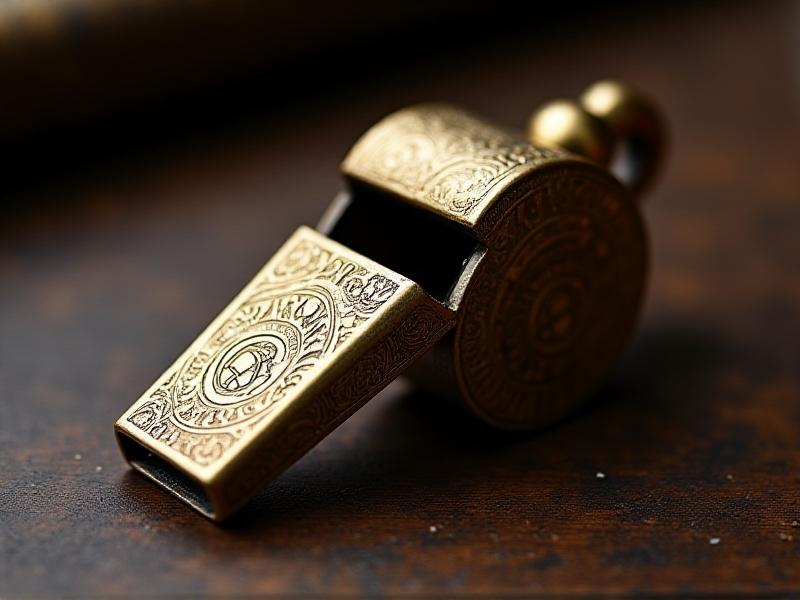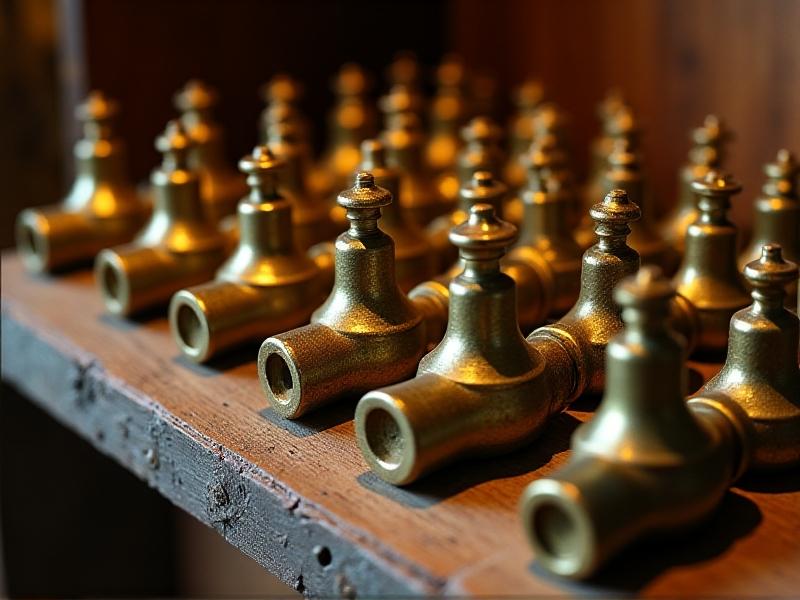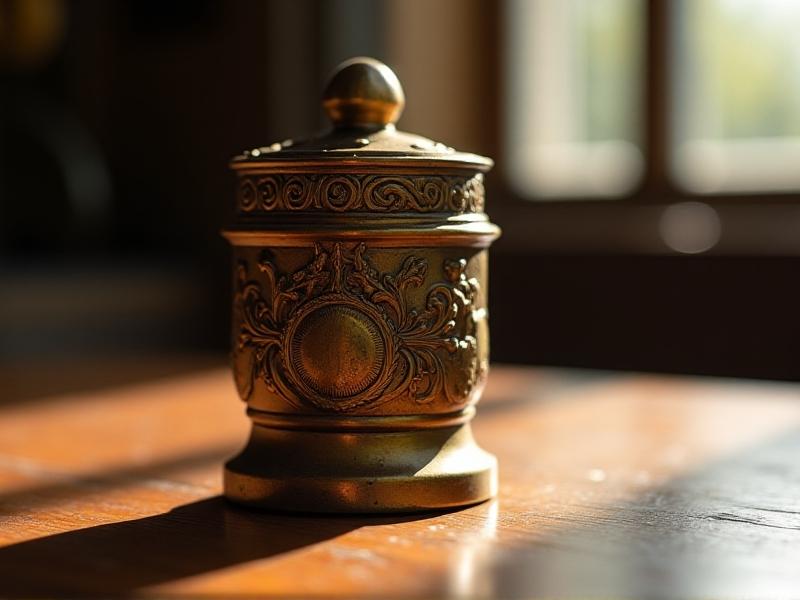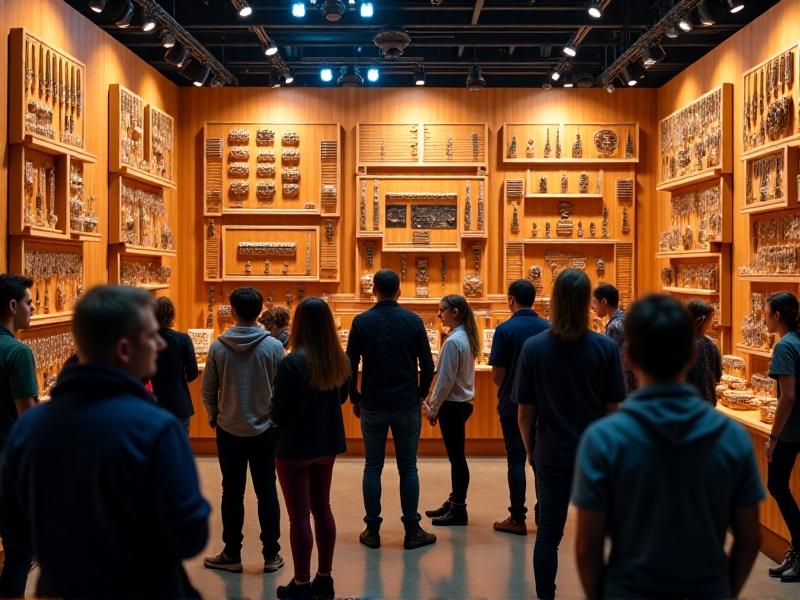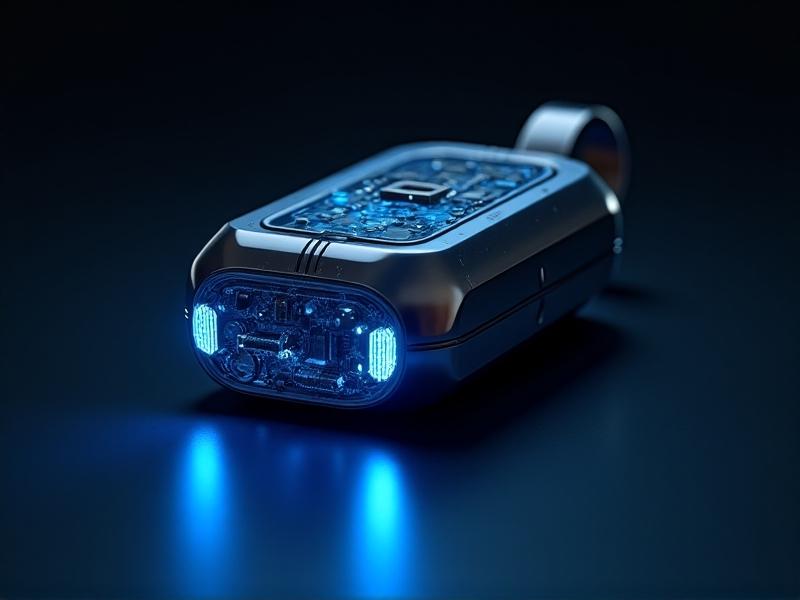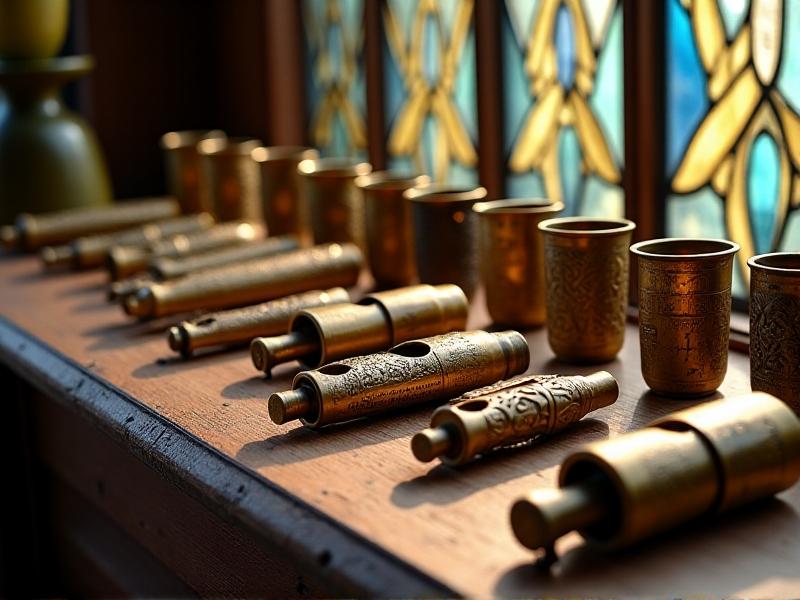Expert Appraisal Techniques for Vintage Whistle Valuation
The Art of Vintage Whistle Appraisal: An Introduction
Vintage whistles are more than just functional objects; they are pieces of history, craftsmanship, and artistry. Whether used in sports, maritime navigation, or as collectible items, these whistles hold a unique charm that captivates enthusiasts and collectors alike. Appraising vintage whistles requires a keen eye, a deep understanding of their history, and a methodical approach to evaluating their condition, rarity, and provenance. This article delves into the expert techniques used to assess the value of vintage whistles, offering insights that will benefit both seasoned collectors and newcomers to the field.
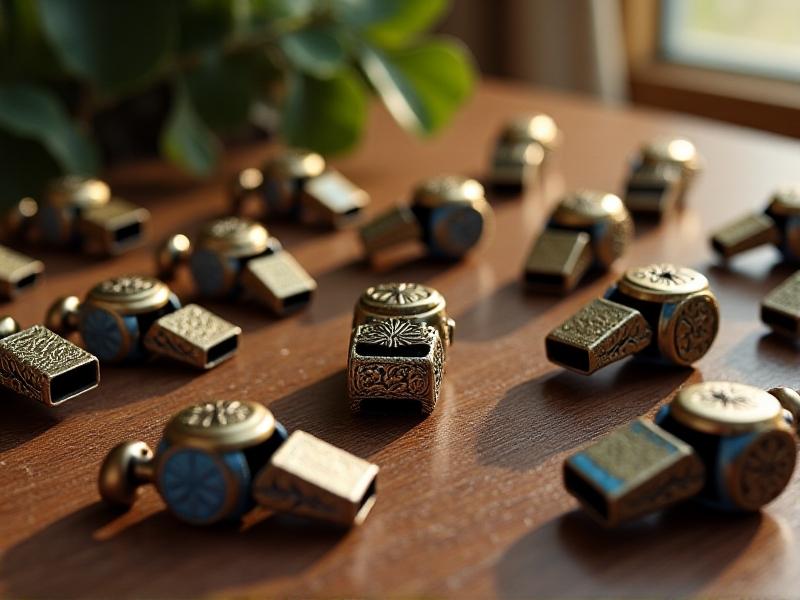
Understanding the History of Vintage Whistles
To accurately appraise a vintage whistle, it is essential to understand its historical context. Whistles have been used for centuries across various cultures and industries. From the early bone and wood whistles of ancient civilizations to the brass and nickel-plated designs of the 19th and 20th centuries, each era and region has contributed to the evolution of whistle design and functionality. Researching the manufacturer, the time period, and the intended use of the whistle can provide valuable clues about its rarity and significance. For example, whistles produced by renowned manufacturers like Acme or Hudson are often more sought after due to their historical importance and craftsmanship.
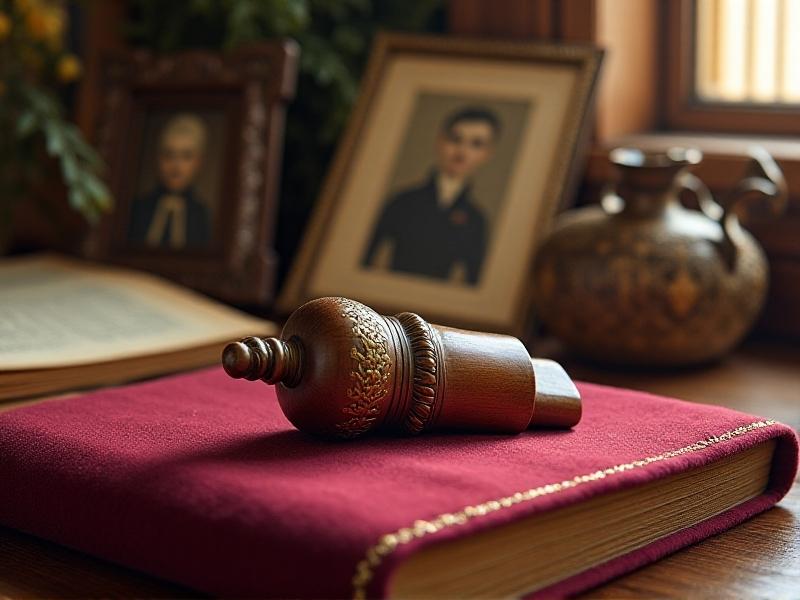
Evaluating Materials and Craftsmanship
The materials used in a vintage whistle play a significant role in its value. Whistles made from high-quality metals like brass or silver tend to be more durable and desirable than those made from cheaper materials like plastic or tin. Craftsmanship is equally important; intricate engravings, precise machining, and attention to detail can elevate a whistle’s worth. When appraising, examine the whistle for signs of wear, damage, or repairs, as these factors can impact its condition and value. A well-preserved whistle with minimal wear and no significant damage will naturally command a higher price.

Assessing Rarity and Provenance
Rarity is a key factor in determining the value of a vintage whistle. Limited production runs, discontinued models, or whistles associated with significant historical events can be highly collectible. Provenance, or the documented history of ownership, can also add to a whistle’s value. Whistles with a clear lineage or those owned by notable individuals often fetch higher prices at auctions. Researching auction records, collector forums, and historical archives can help establish the rarity and provenance of a whistle, providing a more accurate appraisal.
Examining Condition and Functionality
The condition of a vintage whistle is one of the most critical aspects of its appraisal. Collectors and appraisers look for whistles that are in excellent or near-mint condition, with minimal signs of wear, corrosion, or damage. Functionality is also important; a whistle that still produces a clear, strong sound is more valuable than one that is silent or damaged. When examining a whistle, check for cracks, dents, or missing parts, and test its sound if possible. A well-maintained whistle that retains its original functionality is a prized find.
Identifying Marks and Signatures
Many vintage whistles bear marks or signatures that can provide valuable information about their origin and maker. These marks may include manufacturer logos, serial numbers, or hallmarks indicating the material’s purity. Identifying these marks requires a combination of research and expertise, as some may be faint or worn over time. A magnifying glass or jeweler’s loupe can be helpful in examining these details. Whistles with clear, identifiable marks are often more valuable, as they provide a direct link to their history and authenticity.
Market Trends and Valuation Techniques
Understanding current market trends is essential for accurate vintage whistle appraisal. The value of collectibles can fluctuate based on demand, economic conditions, and shifts in collector preferences. Staying informed about recent auction results, collector forums, and industry publications can provide insights into what types of whistles are currently in demand. Valuation techniques often involve comparing similar items, assessing condition, and considering rarity and provenance. A combination of these factors, along with market research, will help determine a fair and accurate value for a vintage whistle.
Preservation and Care for Vintage Whistles
Proper preservation and care are crucial for maintaining the value of a vintage whistle. Exposure to moisture, extreme temperatures, or harsh chemicals can cause irreversible damage. Store whistles in a cool, dry place, ideally in a protective case or display cabinet. Regular cleaning with a soft cloth can help prevent tarnish and corrosion, but avoid abrasive cleaners that could damage the surface. For collectors, investing in proper storage and maintenance will ensure that their vintage whistles remain in excellent condition for years to come.
Building a Vintage Whistle Collection
For those passionate about vintage whistles, building a collection can be a rewarding endeavor. Start by focusing on a specific era, manufacturer, or type of whistle to create a cohesive and meaningful collection. Networking with other collectors, attending auctions, and visiting antique shops can help uncover unique finds. As your collection grows, documenting each whistle’s history, condition, and provenance will not only enhance its value but also provide a deeper appreciation for the craftsmanship and stories behind each piece.
Conclusion: The Timeless Appeal of Vintage Whistles
Vintage whistles are more than just functional objects; they are artifacts that tell stories of innovation, history, and human ingenuity. Knowing the methods for assessing and maintaining these ageless artifacts is vital whether you are a collector, an appraiser, or just a fan. By appreciating their craftsmanship, rarity, and historical significance, we can ensure that these treasures continue to be cherished for generations to come.
